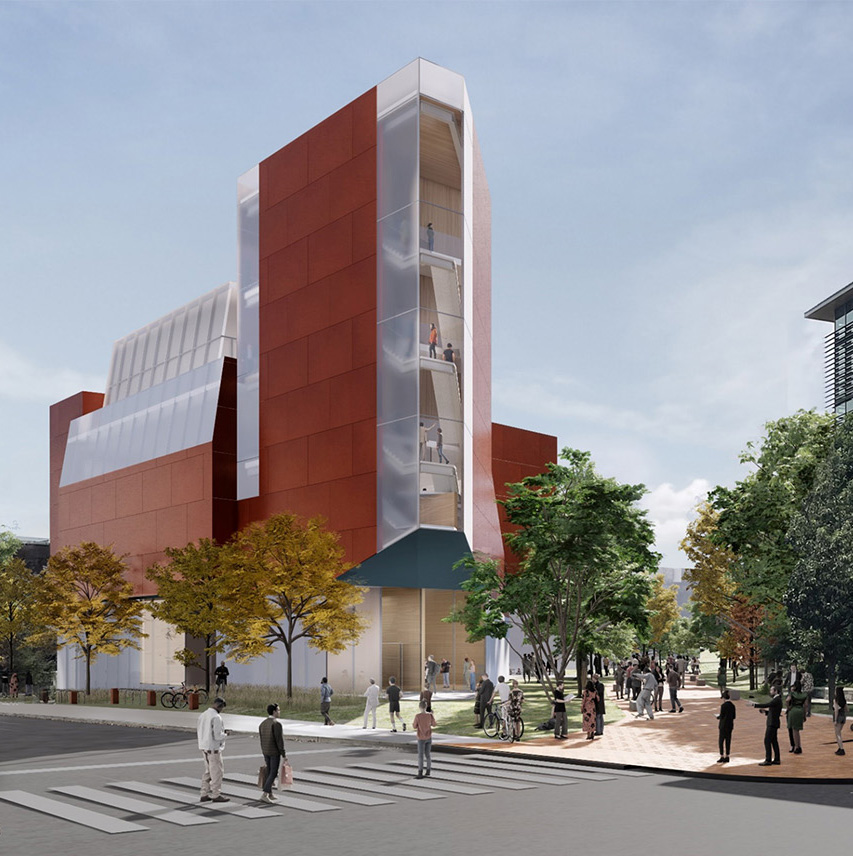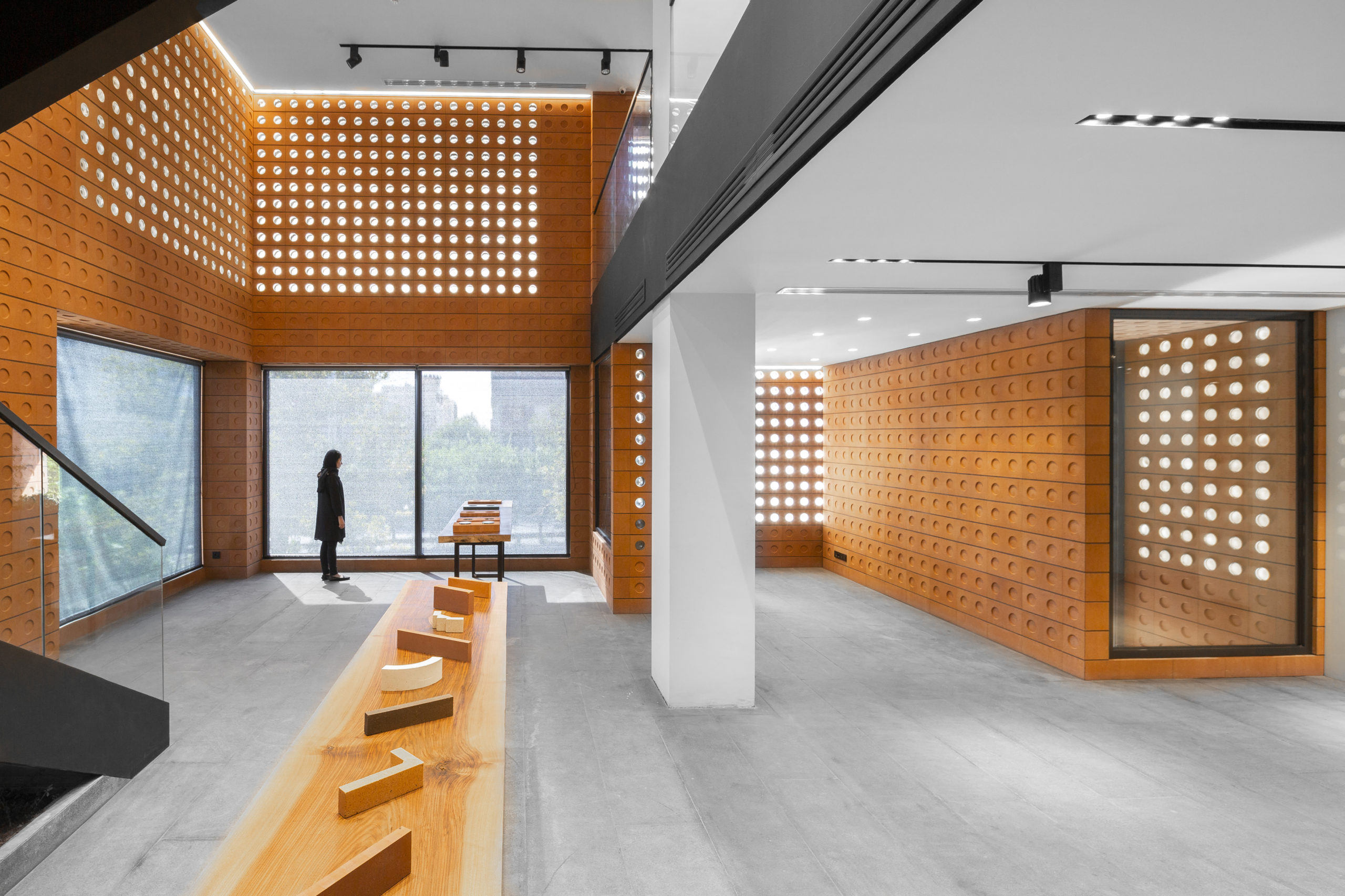Changing Rooms: The Vision of CDA Architects for Modern Living
A Comprehensive Overview of Architectural Designs and Their Impact on Modern City Preparation and Development
Architectural styles have actually long worked as a mirror to the social worths and technological improvements of their time, playing a crucial role fit modern-day city preparation and advancement. From the magnificence of Neoclassicism to the utilitarian method of Brutalism, each style has presented one-of-a-kind principles that influence urban looks and performance. As modern obstacles emerge, consisting of sustainability and neighborhood needs, understanding these historic frameworks becomes vital. The resulting dialogue not just educates future style practices yet likewise raises important questions about the equilibrium in between heritage and advancement in our developing urban landscapes.
Historical Overview of Building Designs
Throughout history, architectural designs have evolved in action to cultural, technological, and ecological factors. Each period mirrors the dominating values, beliefs, and improvements of its time, resulting in an abundant tapestry of design that symbolizes human imagination and adaptation. The old worlds, such as the Egyptians and Greeks, established fundamental designs that stressed proportion and proportion, serving both practical and aesthetic objectives.
As societies transitioned with the Center Ages, Gothic style emerged, defined by its verticality and intricate outlining, matching the spiritual ambitions of the era. The Renaissance marked a revival of classic ideals, combining art and architecture in innovative ways that influenced subsequent styles across Europe.
The Industrial Change presented new materials and construction methods, motivating motions like Innovation, which challenged standard types and embraced simpleness and functionality. The 20th century saw a diversity of styles, with Postmodernism reacting versus the plain minimalism of its precursor, incorporating historic referrals and eclectic aspects.
Today, architectural styles remain to develop, driven by globalization and sustainability issues, reflecting a vibrant interaction in between heritage and innovation. This historic overview emphasizes the importance of design as a mirror of societal advancement and as a stimulant for city development.
Secret Architectural Styles Explained
The diversity of building styles shows the myriad influences that shape our constructed setting, each personifying distinctive attributes and cultural relevances. Trick building styles consist of Classical, Gothic, Baroque, Innovation, and Postmodernism, each representing special historic contexts and visual ideologies.
Timeless architecture, rooted in ancient Greece and Rome, emphasizes symmetry, proportion, and making use of columns. On the other hand, Gothic style, growing in the center Ages, is characterized by sharp arches, ribbed vaults, and flying buttresses, developing a spiritual top quality in sanctuaries. Baroque style, arising in the 17th century, is marked by grandeur, elaborate decoration, and a dynamic interaction of light and darkness.

Understanding these styles provides insight right into the social stories and technical innovations of their respective ages, highlighting just how architecture serves not just as a shelter, yet as a reflection of societal worths and desires.
Influence On Urban Preparation
Fit the advancement of cities, building styles considerably affect metropolitan planning decisions. The selection of building style typically dictates the aesthetics, functionality, and general personality of metropolitan settings. Modernism, with its focus on minimalism and functionality, urges open rooms and the assimilation of modern technology, shaping city formats that prioritize efficiency and accessibility. On the other hand, traditional designs might stress historic conservation, resulting in city styles that discover here preserve cultural heritage and advertise pedestrian-friendly environments.
Additionally, architectural designs can affect zoning policies and land make use of plans. Urban planners need to take into consideration the dominating building fads when developing areas, making certain that new growths harmonize with existing frameworks. This consideration promotes cohesive urban landscapes and improves community identification.
The implementation of details architectural designs can likewise affect socioeconomic variables within a city. For instance, premium modern styles might attract affluent residents and companies, resulting in gentrification, while more cost effective housing remedies may prioritize practical and lasting designs to fit varied populations. Inevitably, the interaction in between architectural designs and city preparation develops vibrant cities that reflect both historical context and modern demands, shaping the lived experiences of their inhabitants.
Sustainability and Modern Design
Building designs play an essential function in dealing with contemporary difficulties, specifically in the world of sustainability. As metropolitan areas expand and ecological issues escalate, modern design progressively accepts lasting style principles that focus on energy effectiveness, resource preservation, and minimal eco-friendly impact.
Contemporary building movements, such as biophilic style and eco-friendly style, advocate for structures that balance with their environments, using all-natural materials and promoting biodiversity - cda architects. These styles commonly incorporate renewable resource resources, such as photovoltaic panels and wind turbines, to lower reliance on nonrenewable fuel sources and lower carbon impacts
Furthermore, the combination of sophisticated technologies, such as smart structure systems, improves energy administration, optimizing source usage while making sure resident comfort. Cutting-edge water administration techniques, including rain harvesting and greywater recycling, more add to sustainable metropolitan atmospheres.
Especially, sustainability prolongs past environmental problems; it encompasses social and financial measurements. By cultivating neighborhood wellness and advertising inclusivity, modern-day architectural styles align with sustainable development goals. The evolution of building methods proceeds to shape resistant cities that not discover this info here only fulfill the demands of the existing yet likewise secure the future for generations to come.
Area Involvement in Style
Community involvement in style serves as an essential bridge in between architects and the populaces they offer, making certain that the developed environment reflects the needs and goals of its customers. This collaborative procedure invites area members to add their understandings and preferences, cultivating a sense of possession and obligation toward the spaces they live in.
Effective neighborhood interaction employs numerous techniques, such as workshops, surveys, and public forums, to gather diverse perspectives (cda architects). These techniques assist in a two-way discussion, permitting engineers to understand regional contexts while encouraging homeowners to voice their worries and wishes. This inclusivity not only enhances the layout high quality however likewise promotes social equity by addressing the special difficulties encountered by marginalized teams

Verdict
Building styles have profoundly affected contemporary city planning and growth, showing evolving cultural and technical contexts. The integration of historical looks with modern demands fosters urban atmospheres that prioritize sustainability and area involvement. As cities proceed to grow and adjust, the continuous dialogue in between architectural heritage and modern-day layout concepts will continue to be essential in producing comprehensive, vivid spaces that enhance lifestyle and promote social equity. The future of city advancement hinges on this unified balance.